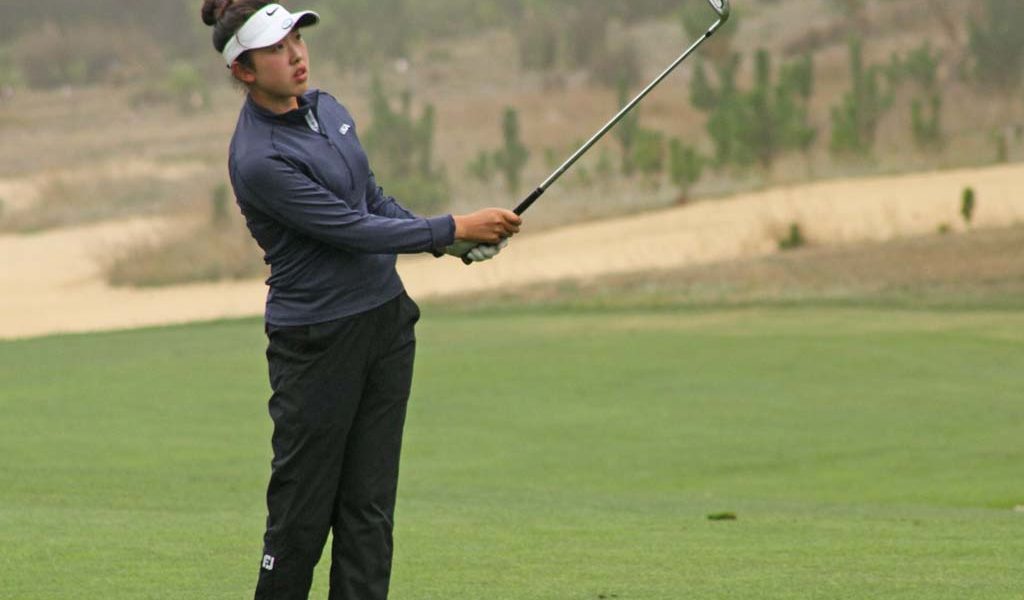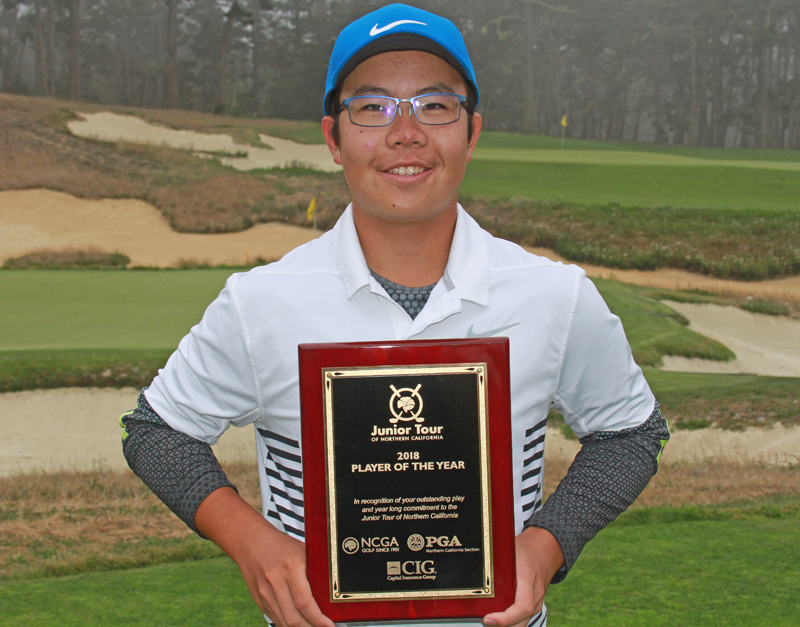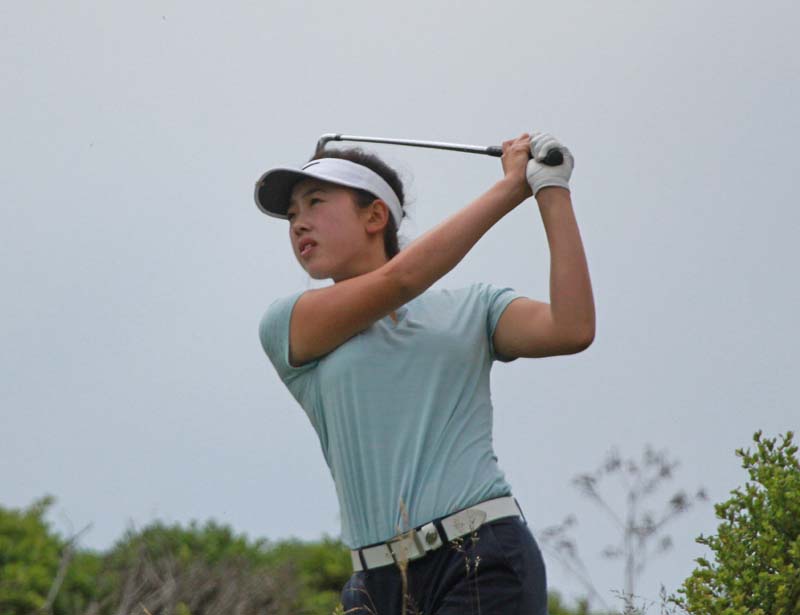Spring Series V – Darkhorse GC
Access NCGA GO for the hotel rates in the area!
Please view the following link for all tournament information.
*Please note: Live pairings will be available on April 22nd.
https://www.golfgenius.com/pages/4838789469727403043
 CIG-Sponsored Junior Golf Tour of Northern California Crowns Winners at Spring Series V Championship at Darkhorse Golf Club in Auburn
CIG-Sponsored Junior Golf Tour of Northern California Crowns Winners at Spring Series V Championship at Darkhorse Golf Club in Auburn
PEBBLE BEACH, Calif. (April 29, 2019) – Sponsored by Capital Insurance Group, the 2018-2019 Junior Tour of Northern California (JTNC) crowned champions Sunday at the Spring Series V Championship at Darkhorse Golf Club in Auburn.
Curtis Dasilva shot 5-over 149 and Jaclyn Laha shot 1-under 143 to win their respective divisions at the Spring Series V Championship held Saturday and Sunday at par-72 Darkhorse Golf Club.
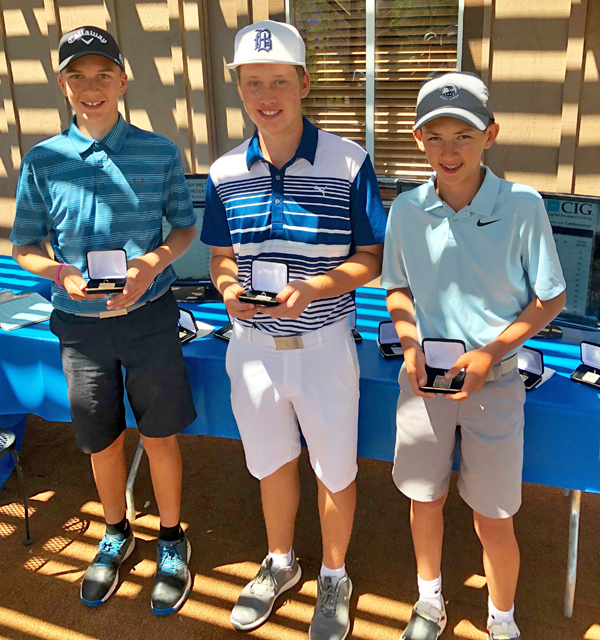
Boys’ Championship winner Curtis Dasilva, runner-up Gregory Mouser and third place finisher Julian Monas (left to right)
Dasilva notched his first win of the 2018-2019 season thanks in part to a solid second round 73 that featured three birdies to go against four bogeys.
In Saturday’s opener, Dasilva had two more birdies. He’d defeat runner-up Gregory Mouser by four strokes. Mouser had rounds of 77-76.
Julian Monas took third place at 154 after a 73. Jacob Aaron was fourth at 155 and Camdan Indelicato was fifth at 160.
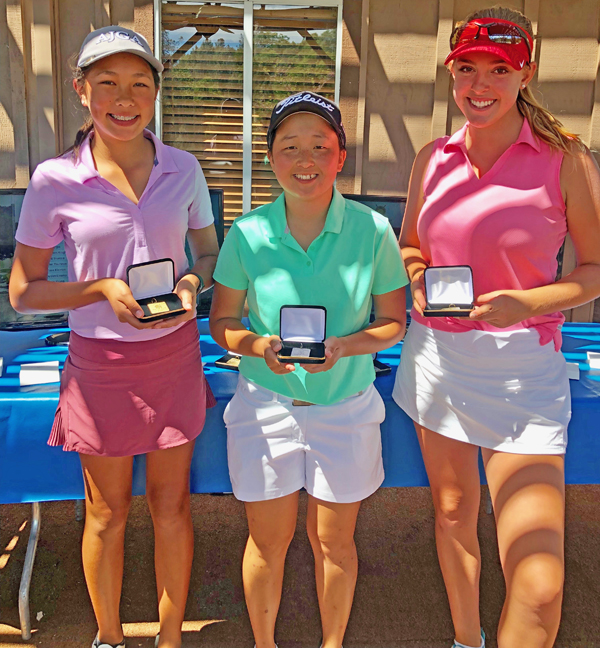
Girls’ Championship winner Jaclyn LaHa, runner-up Danielle Suh and third place finisher Meredith McDougal (left to right)
In the Girls’ Championship, Laha nabbed her second win of the season after starting off with a red-hot 3-under 69. In Saturday’s opener, LaHa carded five birdies to go against just two bogeys.
A day later, LaHa shot a 74 to defeat runner-up Danielle Suh by five shots. Suh, the current leader in the Girls’ Player of the Year points race, came in at 148 after a second round 71.
Third place went to Meredith McDougal at 151, with Hannah Harrison taking fourth at 155. Finishing in a tie for fifth at 157 were Nikki Chindavong and Lily Landt.

Boys’ First Flight winner Brandon Knight, runner-up Ryan Firpo and third place finisher Akhil Sharma (left to right)
In the Boys’ First Flight Championship, Brandon Knight shot a final round 72 to come in at 148, defeating runner-up Ryan Firpo by eight shots.
Third place went to Akhil Sharma at 160. Jack Brown and Jayden Lizama finished T-4 at 162.

Girls’ First Flight winner Ryan Flynn, runner-up Mia Gribskov and third place finisher Jordan Chan (left to right)
In the Girls’ First Flight Championship, Ryan Flynn shot a final round 79 to come in at 157, defeating runner-up Mia Gribskov by two shots.
Third place went to Jordan Chan at 161. Cindy Wang was fourth at 162 and Tara Ng was fifth at 165.
Next up on the JTNC calendar is the Spring Series VI Championship, to be held May 4-5 at Paradise Valley and Rancho Solano GC in Fairfield.

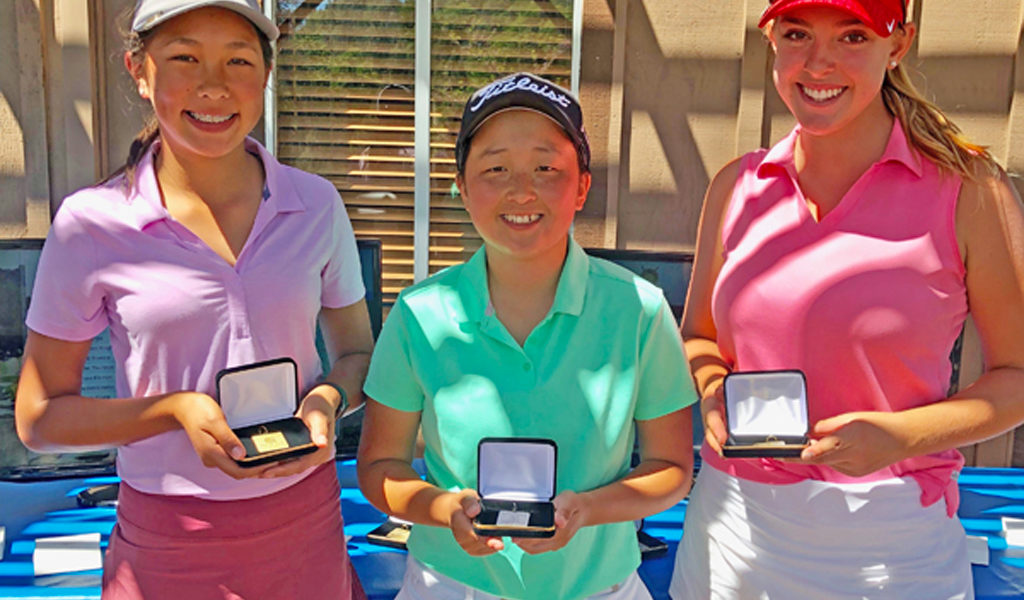
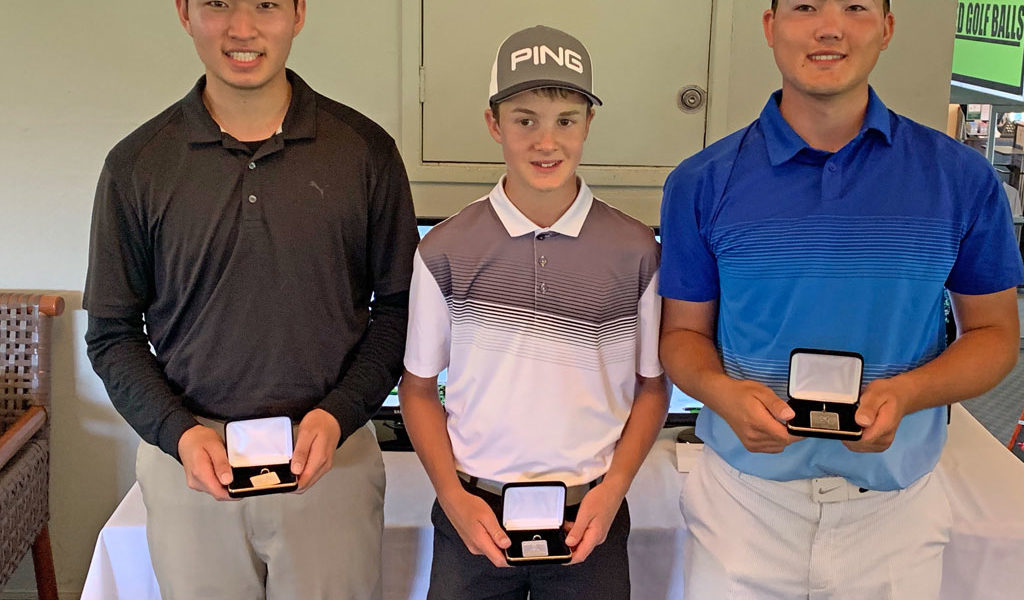
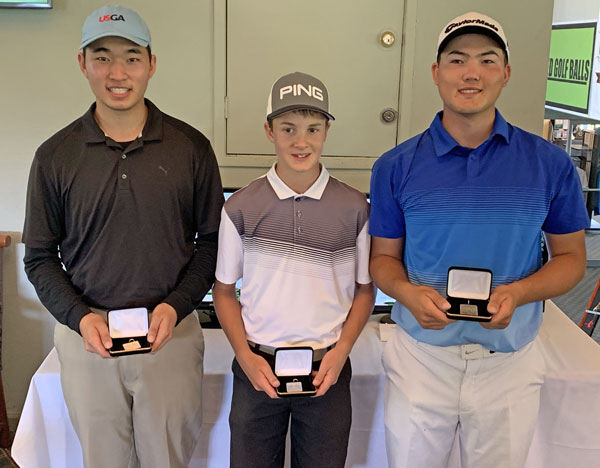
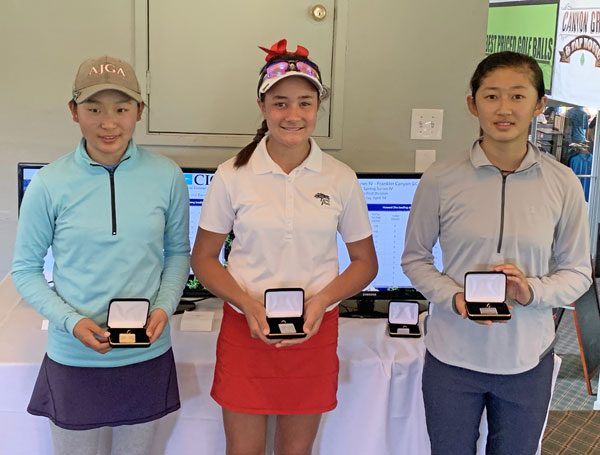
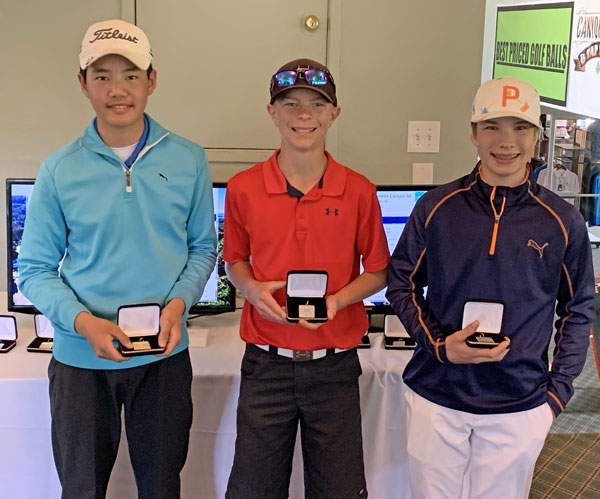
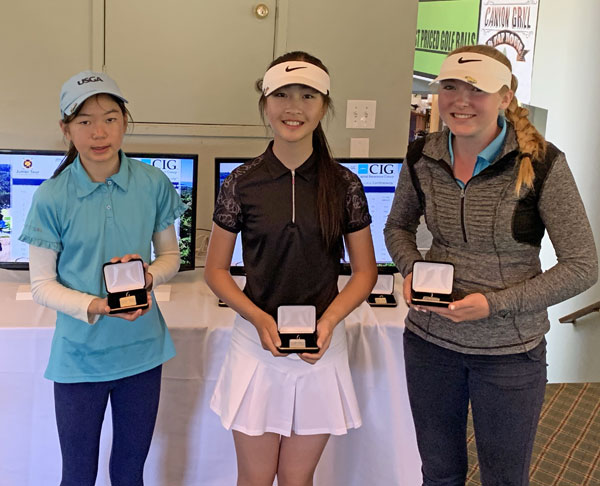
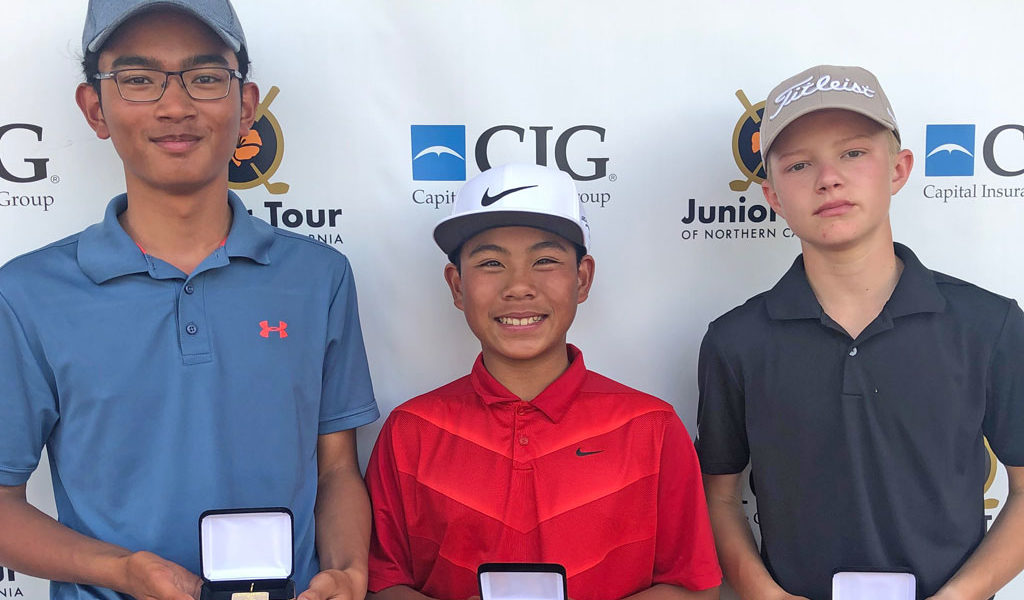
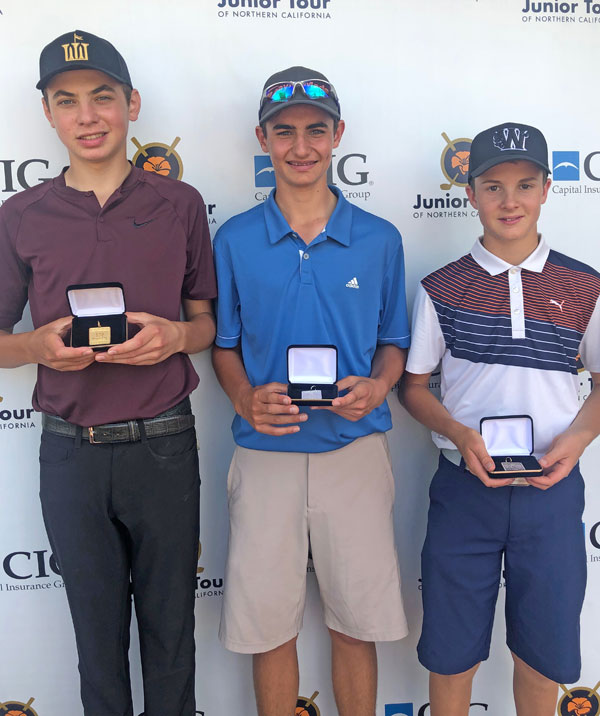
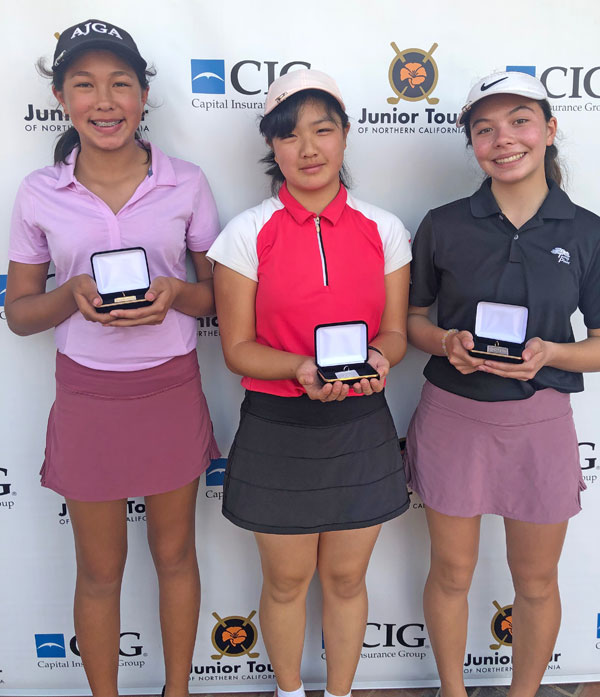

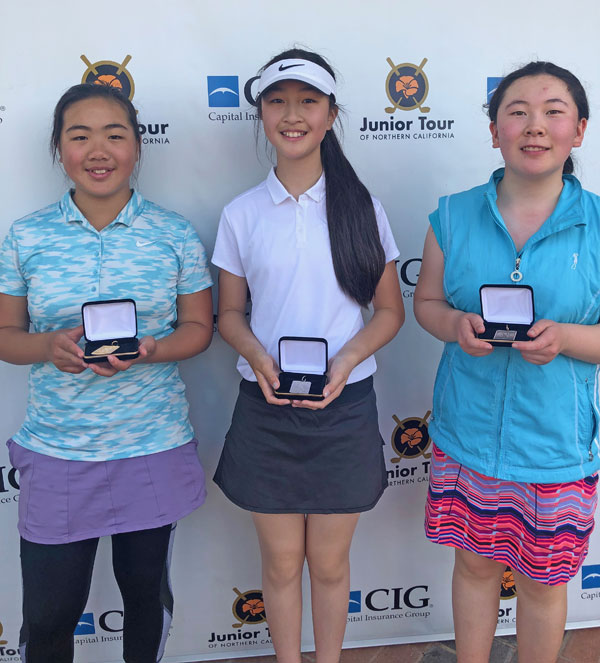
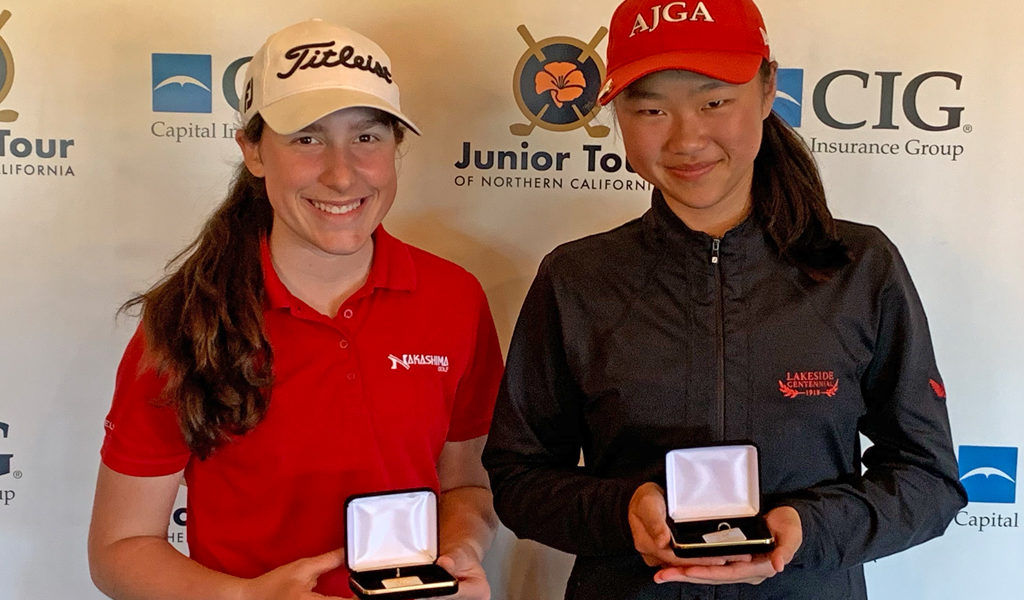

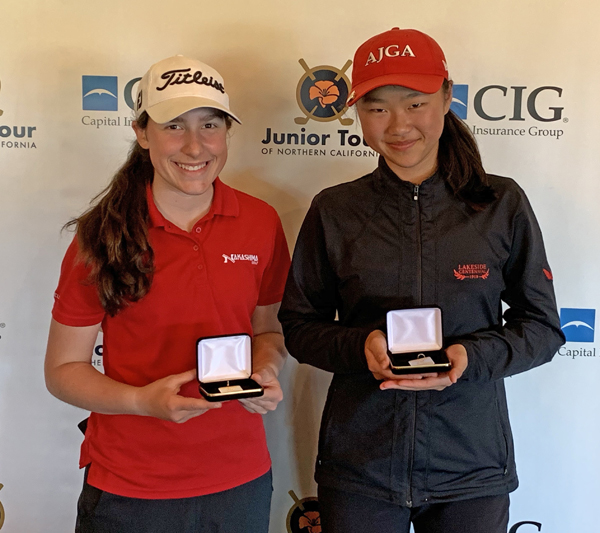


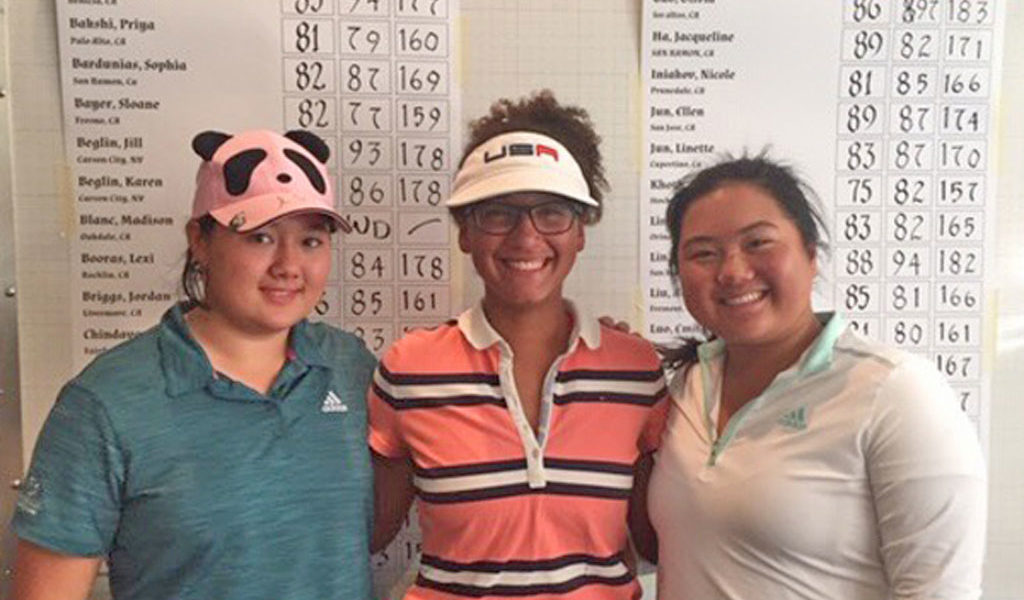
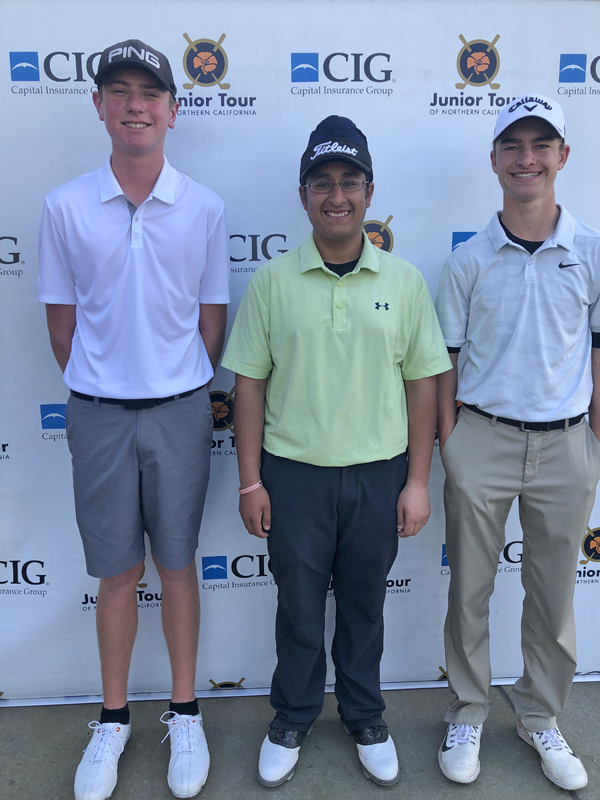
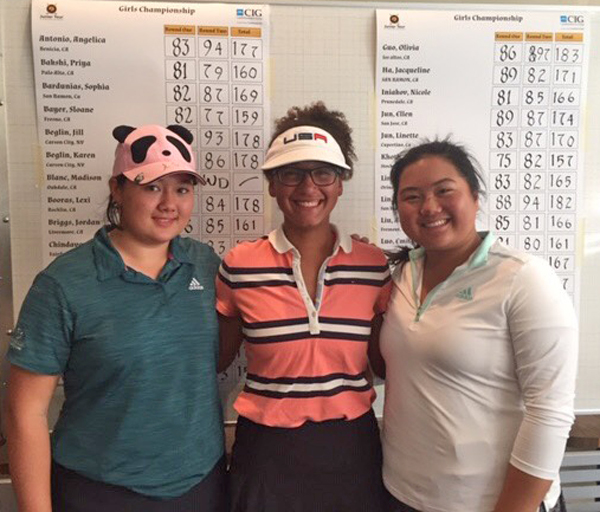
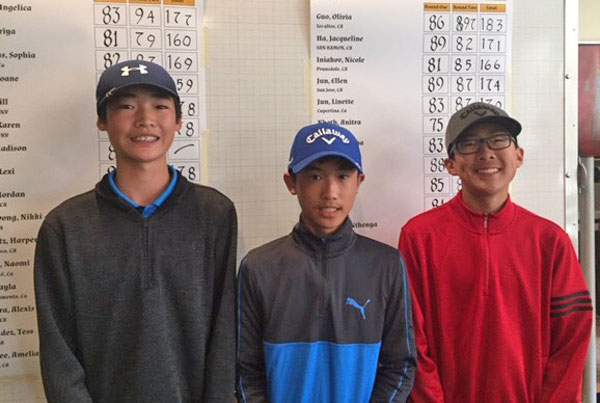

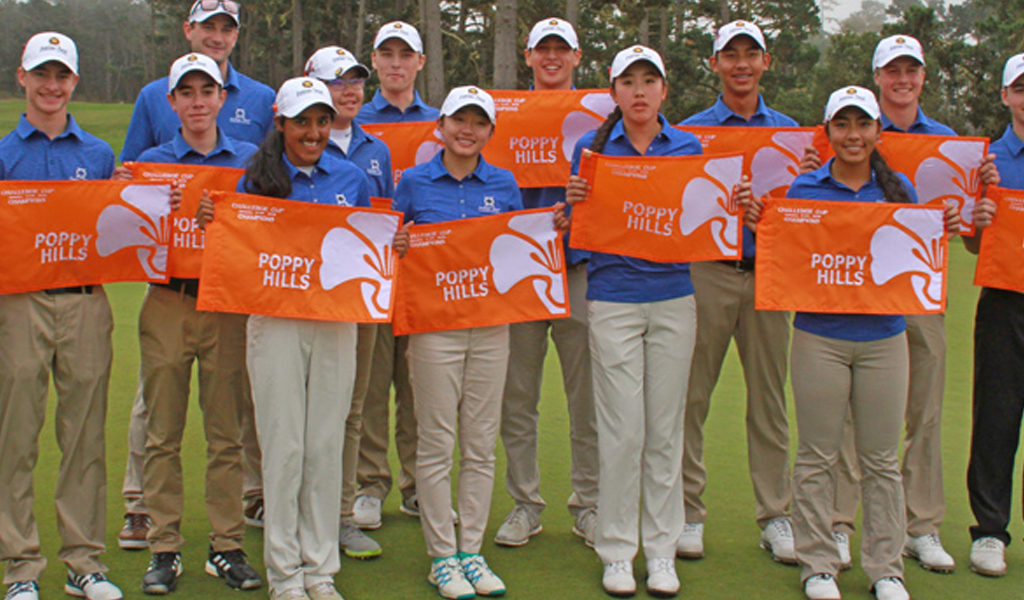
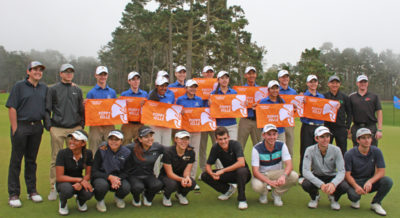


 “I’ve got to be honest, me and Kevin were talking, we didn’t make birdie on the par-5 fourteenth, and we were thinking we’re going to need to make some birdies coming down the stretch. At that point I think we were tied or one back of the lead. Kevin ended up birdying 15. We made a couple of good pars on 16 and 17, and ended up (parring 18). We put up a low number in the morning and it just held up.”
“I’ve got to be honest, me and Kevin were talking, we didn’t make birdie on the par-5 fourteenth, and we were thinking we’re going to need to make some birdies coming down the stretch. At that point I think we were tied or one back of the lead. Kevin ended up birdying 15. We made a couple of good pars on 16 and 17, and ended up (parring 18). We put up a low number in the morning and it just held up.”
